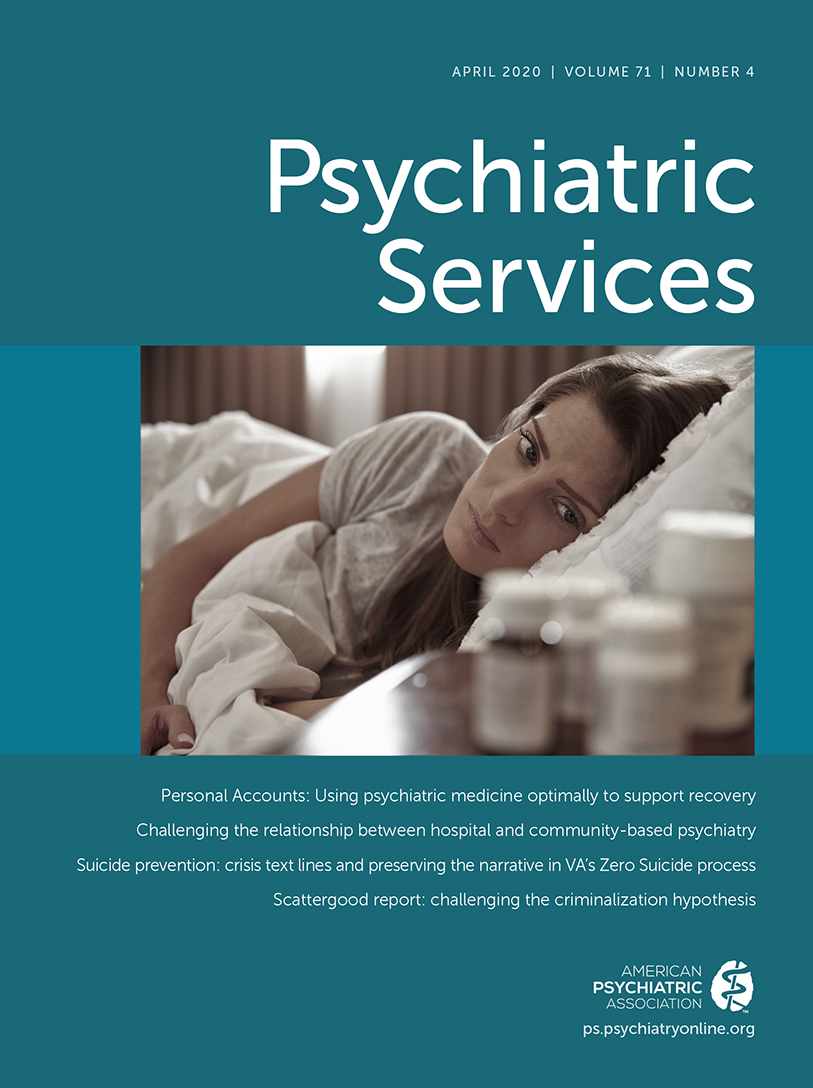Focused Ethnographic Examination of Barriers to Use of Long-Acting Injectable Antipsychotics
Abstract
Objective:
The authors designed this project to identify barriers to using long-acting formulations of antipsychotics.
Methods:
The authors used a focused ethnographic approach. Patients, psychiatrists, nurses, therapists and administrators were interviewed about barriers to use of long-acting injectable (LAI) antipsychotics at six facilities in New York State, as were representatives from insurance firms, a pharmaceutical company, and a national professional organization. Interviews were conducted and analyzed by a central team not affiliated with the institutions.
Results:
Interviews were obtained with 23 patients, 16 psychiatrists, three nurses, 23 therapists, 14 administrators, four insurers, one representative from a pharmaceutical industry, and one representative from a national organization. Major barriers identified from the interviews included restricting discussions about LAI medication to only patients with nonadherence or repeated hospitalizations; inadequate education efforts with patients about LAI antipsychotics; inadequate support for patients making medication decisions; lack of communication within the treatment team about issues relevant to use of LAI formulations by patients; therapists’ limited knowledge about LAI antipsychotics, which restricted their role in supporting patients making treatment decisions; psychiatrist concerns about the pharmacologic properties of LAI formulations; lack of clinic infrastructure to support LAI prescriptions; and payer concerns about whether the immediate costs of LAI administration would translate into later potential cost benefits.
Conclusions:
Effective shared decision making about use of LAI antipsychotics requires that patients receive accurate information and support for their decision making. The training needs and administrative support requirements of all team members should be considered to provide patients with the information and support required.



